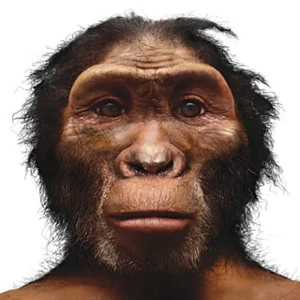From ancient apes to Homo sapiens, the evolutionary journey of human beings is one of the most fascinating and complex topics in the history of natural science. The formation of humans is not only the result of a series of biological transformations but also reflects adaptations to the environment and the development of culture and society over millions of years.

The Early Stages of Evolution:
Ancient Apes: About 6 to 7 million years ago, the common ancestors of humans and chimpanzees began to diverge. Fossils like Sahelanthropus tchadensis, Orrorin tugenensis, and Ardipithecus ramidus are among the earliest evidence of this separation.
Bipedalism: This trait evolved as an adaptation to the savannah environment, helping our ancestors to move more efficiently and access new food sources.

Developmental Phase:
Homo habilis and the First Tools: About 2.5 million years ago, Homo habilis appeared, marking an important milestone with the use of stone tools.
Homo erectus and Expansion: Appearing about 1.8 million years ago, Homo erectus was the first to leave Africa, showing the adaptability and spread of humans.

Development of Brain and Culture:
Homo neanderthalensis and Homo sapiens: Both species developed large brains and engaged in complex cultural activities such as making sophisticated tools, art, and religious rites.
Extinction of Neanderthals: Around 40,000 years ago, Neanderthals began to disappear, leaving Homo sapiens as the only species in the Homo genus.

Conclusion:
The formation of humans is a complex process, involving not only biological evolution but also cultural and social factors. Each stage in this process is not just a milestone in biological history but also a testament to the endless adaptability and creativity of humankind.








